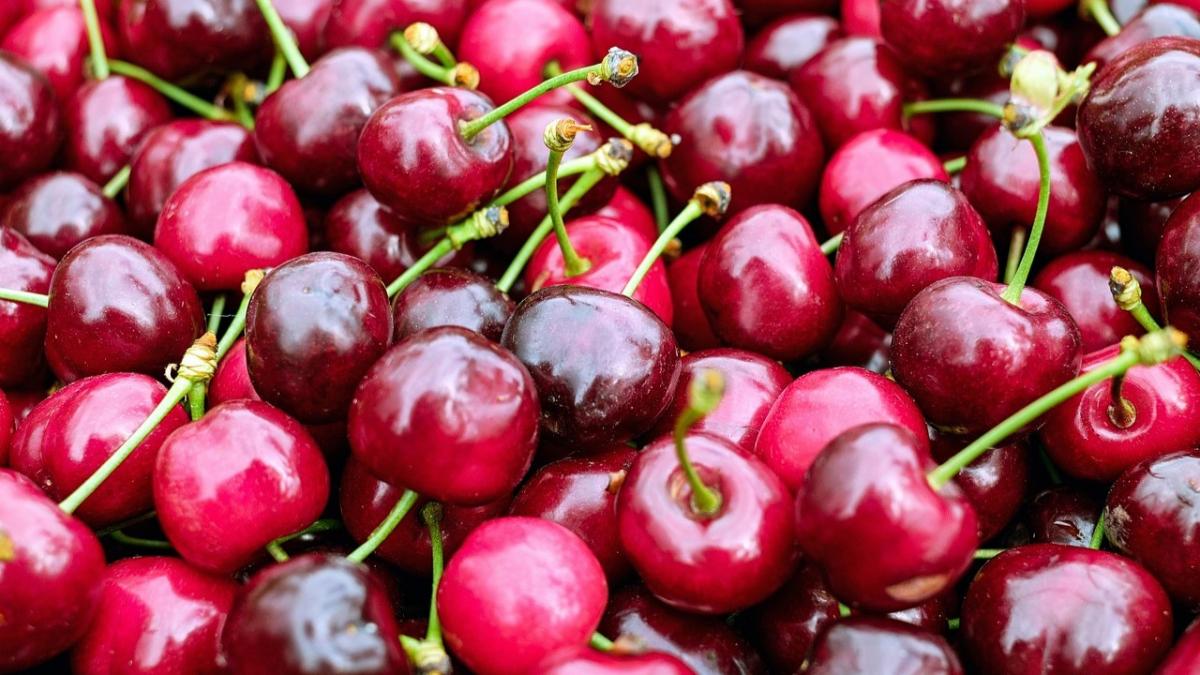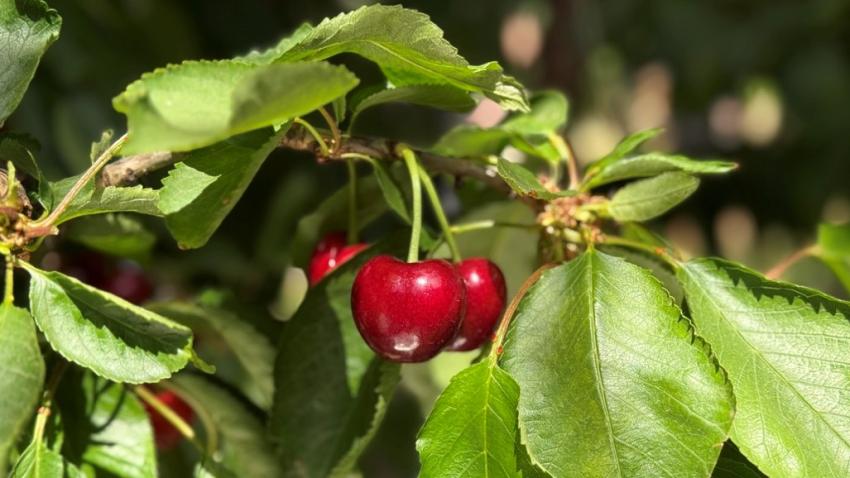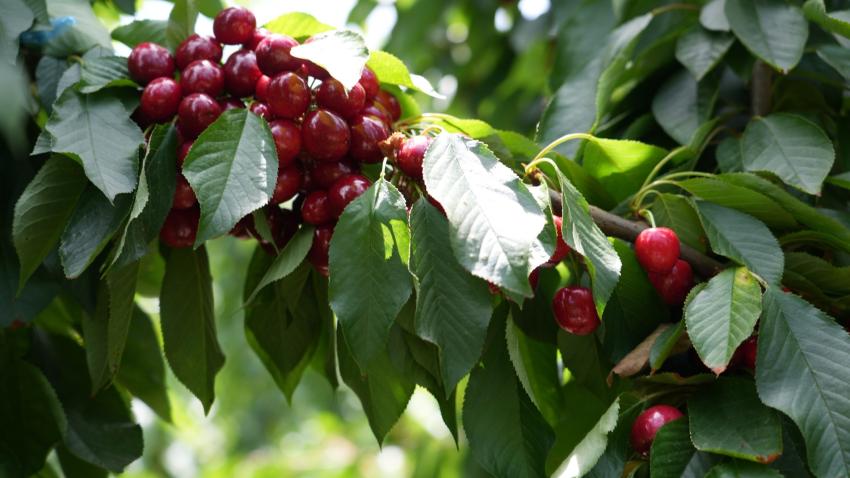You are here
Back to topGlobal Cherry Output Set To Grow in 2024/25

According to the Stone Fruit: World Markets and Trade report recently released by the U.S. Department of Agriculture’s Foreign Agricultural Service, global fresh cherry production in the 2024/25 season is expected to increase slightly to 5.0 million metric tons, despite a decline in output from Turkey. Normal growing conditions in China, Chile, the European Union and the United States are driving this growth. Meanwhile, global exports are projected to reach 759,000 metric tons, approaching last season’s record. China’s production and imports are forecast to rise to 850,000 metric tons and 415,000 metric tons, respectively.
Although Turkey, the world’s largest cherry producer, is experiencing favorable growing conditions this year, it is unlikely to replicate last year’s exceptional weather and record-high yields. Consequently, Turkey’s production is forecast to decline by 48,000 metric tons to a total of 900,000 metric tons. However, strong demand from the European Union means that Turkey’s exports should remain at around 85,000 metric tons.
In China, the main cherry-producing province of Shandong experienced drought this year. However, other regions have seen larger cultivation areas and favorable growing conditions, supporting continued growth in production. As a result, China’s overall cherry production is forecast to increase by 50,000 metric tons to reach 850,000 metric tons. Additionally, benefiting from higher production in Chile and the United States, imports are projected to grow by 7% to 415,000 metric tons.
Frost damage has prevented Poland from fully recovering from its weather-damaged crop last year, limiting the European Union’s cherry production to an estimated 715,000 metric tons, an increase of 10,000 metric tons. With both production and imports rising, the European Union’s cherry consumption has more than doubled over the past six years and is expected to reach 1.3 million metric tons in the 2024/25 season. Imports for this season are projected to increase slightly to 60,000 metric tons, marking the highest level in 17 years, while exports are anticipated to rise by 3,000 metric tons to 15,000 metric tons, although this remains below the five-year average.
Benefiting from an increase in cultivation area and abundant winter rainfall, Chile’s production this season is expected to rise by 32,000 metric tons to 502,000 metric tons. Exports are predicted to increase by 31,000 metric tons, bringing the total to 445,000 metric tons.
Despite frost damage to cherry orchards in Washington, U.S. cherry production is projected to increase by 13,000 metric tons, reaching a total of 413,000 metric tons. Michigan’s sour cherry output is also expected to rise, although quality concerns exist owing to a hot and rainy summer combined with pest issues. Exports are forecast to increase slightly to 85,000 metric tons, surpassing the 10-year average, while imports are expected to remain stable at 20,000 metric tons.
The world’s major cherry importers include China, Russia, the European Union, Canada and the United States, while the leading exporters are Chile, Turkey, the United States and Uzbekistan, most of which are located in the Northern Hemisphere. In particular, China and Chile are two key players in the global cherry trade. From the 2019/20 season to the 2023/24 season, China’s cherry imports skyrocketed from 230,000 metric tons to 388,000 metric tons, while Chile’s exports soared from 229,000 metric tons to 414,000 metric tons.
Chile’s fresh cherry exports have quadrupled over the past decade, with approximately 90% of these shipments going to China, establishing Chile as a key off-season supplier to the Chinese market. During the 2023/24 season (from November 2023 to October 2024 in the Southern Hemisphere), Chile’s exports to China are calculated to have accounted for approximately half of the global fresh cherry trade, estimated at 375,000 metric tons. As both Chile’s production and China’s market demand are expected to continue increasing, this trade relationship will likely remain a major driver of the global trade in fresh cherries.
In recent years, China’s fresh cherry production has also increased steadily, totaling 800,000 metric tons in the 2023/24 season (from April 2023 to March 2024 in the Northern Hemisphere), but it still falls short of meeting domestic demand. Chilean cherries are available in China between December and February, providing off-season supply that coincides with the period of peak demand around the Chinese New Year holiday. The United States is China’s second-largest source of imported cherries; however, its market share is limited by high tariffs and competition with China’s domestic production season.
Chile is the world’s fourth-largest cherry producer but the biggest exporter, with export volumes approximately five times greater than those of Turkey, its closest competitor. Over the past decade, the harvested area and production of cherries in Chile have nearly quadrupled, while domestic consumption has only doubled. This growth has come at the expense of reduced production of other lower-margin fruits in Chile, particularly apples and table grapes, as many orchards have been converted to cherry cultivation.
China’s fresh cherry imports of an estimated 415,000 metric tons in the 2024/25 season would mark the 10th consecutive year of growth, and concerns regarding China’s economic slowdown are not expected to affect the sector. As the only Southern Hemisphere country among the top 15 cherry producers, Chile’s export advantage is also unlikely to change in the short term.
Image: Pixabay
This article was translated from Chinese. Read the original article.















Add new comment